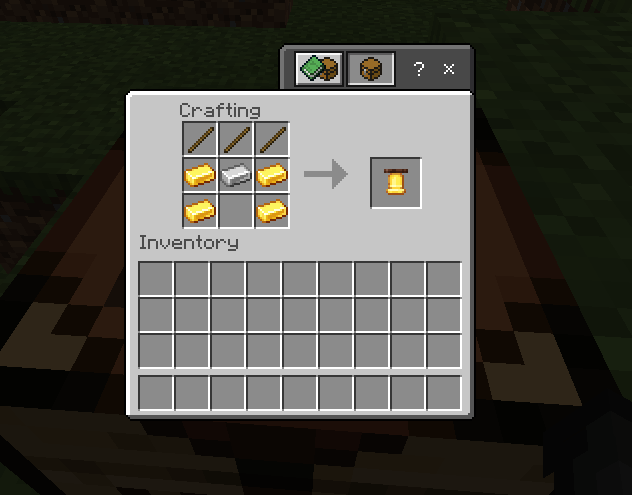To make the use of ATV trails safe and enjoyable for yourself and others, please know and practice the following ATV operating rules:
Do not disturb, drive, or pursue wildlife with your vehicle
Do not carry loaded firearms on your ATV
Abide by state park and forest rules and regulations and the Snowmobile/ATV law and regulations
Stay on designated trails and roadways
Operate your vehicle in a safe and responsible manner
Place all litter in waste containers, where provided; otherwise practice the “carry-in, carry-out” procedure
Wear a securely fastened helmet -- it is illegal to operate an ATV without a securely fastened helmet on the head of the operator
Any of the following activities while operating an ATV may result in a fine:
Riding at a rate of speed that is unreasonable or improper under existing conditions or in excess of the maximum limits posted for vehicular traffic
Riding in a careless way so as to endanger the person or property of another
Riding while under the influence of alcohol, narcotics or drugs
Riding in an area, trail, roadway that is not open to ATV use
Riding without a securely fastened helmet
Know before you go. It's important you know what lands you will be riding on and if they are open to ATV use. Contact the appropriate land management agency to find out what is open. Generally speaking, ATVs may be operated:
On private property with the consent of the owner
On state-owned property on clearly marked and designated trails
On highways and streets when necessary to cross a bridge or culvert
On highways and streets during periods of emergency when so declared by a governmental agency having jurisdiction
On highways and streets for special events of limited duration that are conducted according to a prearranged schedule under permit from the governmental unit having jurisdiction
On streets and highways that have been designated as “ATV or Snowmobile Roads” by the governmental agency having jurisdiction
An ATV may make a direct crossing of a street or two-lane highway provided:
The crossing is made at an angle of approximately 90 degrees to the direction of the highway, and at a place where no obstruction prevents a quick and safe crossing
The ATV is brought to a complete stop before crossing the shoulder or highway
The driver yields the right-of-way to all oncoming traffic that constitutes an immediate hazard
In crossing a divided highway, the crossing is made only at an intersection of such highway with another public street or highway
Driver must be at least 16 years of age unless he has a safety certificate and is under the direct supervision of a person at least 18 years of age
State and local highways and roads may be designated and posted for ATVs by the government authority with jurisdiction over the road.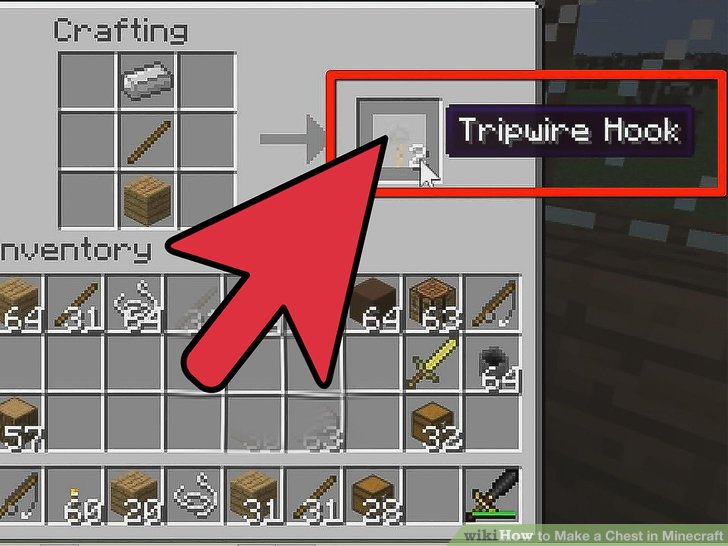
Township roads designated for ATVs are posted with a green sign containing the side view silhouette of an ATV and rider in white.
Some roads may be designated and posted as joint-use roads open to both ATVs and licensed motor vehicles.
Joint use roads are posted with signs stating that both types of vehicles may use the road. ATV operators on joint-use roads must be at least 16 years of age.
Municipal ordinances may further regulate the use of ATVs on roads within their jurisdiction.
ATVs may not be operated on private property without the consent of the owner. Use of ATVs on private property may be further restricted by municipal ordinance.
Children under the age of 16 are prohibited from:
Operating an ATV anywhere other than land owned or leased by a parent or guardian unless the child has a valid safety certificate or is under the direct supervision of a certified instructor during a certified safety training course
Operating an ATV across highways or connecting streets or operate on state forest or park roads designated for joint use (use by both motor vehicles and snowmobiles or ATVs) unless the child has a valid safety certificate and is under the direct supervision of a person 18 years of age or older
Driving an ATV on state or local highways, roads, or streets designated for joint use
A child under 8 is not eligible for a safety certificate and is prohibited from operating anywhere except on private property.
Age 8 and 9 year-old operators are restricted to an engine size of 70cc or less.
All ATVs operating in Pennsylvania must be equipped with:
A brake system capable of producing deceleration of 14 feet per second at a speed of 20 miles per hour
A muffler in good working order. The sound intensity produced by an ATV may not exceed 99dbA (decibels), when measured at 20 inches
An operating headlight and tail light if operating at dark or when visibility is less than 500 feet. The headlight must produce a white light sufficient to reveal persons and vehicles at a distance of 100 feet. The tail light must produce a red light plainly visible during darkness from a distance of 500 feet.
All law enforcement officers in the state, including local and state police, are authorized to enforce the Snowmobile/ATV Law. This includes:
State forest and state park lands -- state forest officers and DCNR rangers
State Game Lands -- wildlife conservation officers and deputy wildlife conservation officers
Municipal and state roadways -- municipal and state police
Private property -- municipal and state police
You must stop when signaled by a law enforcement officer. Failure to do so could result in fines and loss of your registration.
Failure to do so could result in fines and loss of your registration.
Failure to register your ATV or abide by the rules can be costly. First offenses range from $50 to $200 plus the cost of prosecution. A second offense carries a fine of $100 to $300 plus the cost of prosecution.
Failure to register your vehicle or failure to have liability insurance is an automatic $300 fine plus cost of prosecution.
An all-terrain vehicle (ATV) is any self-propelled vehicle with two or more wheels that is manufactured for sale to be used primarily off-highway or in off-road competitions, and that is no wider than 70 inches and weighs no more than 1,000 pounds. This does not include vehicles manufactured for off-highway use and designed exclusively for travel on snow or ice, and supported by one or more skis, belts or cleats that utilize an endless belt tread. Those vehicles, which include snowmobiles, are subject to other laws and regulations.
An ATV must be registered with the Department of Motor Vehicles (DMV) if it is operated anywhere in New York State, including on the owner's property.
When you register a new or used ATV for the first time, your registration will expire each year on August 31. Registrations for ATVs originally registered before April 1, 2005, will continue to expire each year on April 30.
ATV dealers are required by law to register every ATV they sell to New York State residents or to non-residents before the purchaser takes delivery; unless the purchaser qualifies for an exemption from registration. A purchaser is exempt from registration when the ATV will be used exclusively: outside of New York State; at special events; for agricultural purposes; or for snow plowing other than for-hire. Dealers must have the purchaser complete and sign a "Declaration of Exemption From Snowmobile or All-Terrain Vehicle Registration" (RV-6).
Unless you qualify for an exemption from registration, you cannot take delivery from an authorized dealer until after the ATV is registered.
If you buy an ATV from a person who is not a New York State registered ATV dealer, you must register the ATV with the DMV. To register the ATV; you must complete an "Vehicle Registration/Title Application" (MV-82) and submit it to a motor vehicle issuing office. To register an ATV; you must provide proofs of ownership, sales tax payment or exemption, your identity, and your date of birth.
Acceptable proof of ownership are:
If you buy your ATV from a registered New York State dealer, you should receive a bill of sale in addition to the acceptable documents that prove ownership.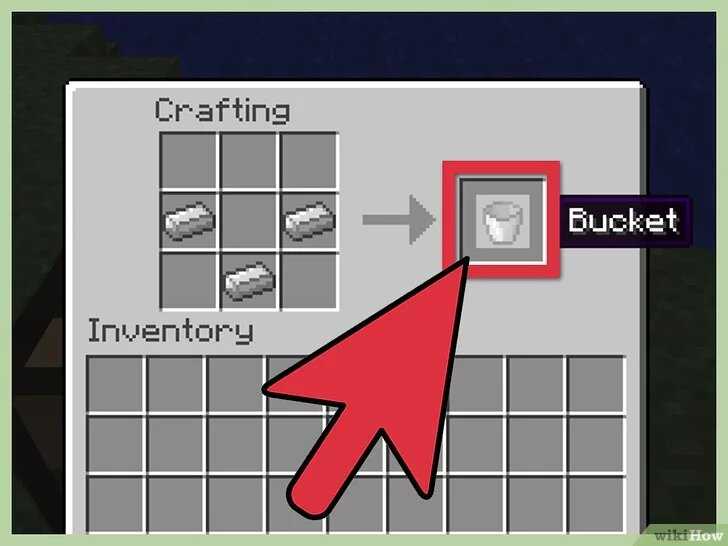 The bill of sale must contain the dealer's name, address and dealer registration number, plus your name and address, the ATV vehicle identification number, the year, make, model, and number of wheels. The bill of sale also must indicate that the ATV is either new or used, and must confirm that the dealer has collected the appropriate sales tax.
The bill of sale must contain the dealer's name, address and dealer registration number, plus your name and address, the ATV vehicle identification number, the year, make, model, and number of wheels. The bill of sale also must indicate that the ATV is either new or used, and must confirm that the dealer has collected the appropriate sales tax.
If you buy the ATV from a person who is not a registered dealer, you must pay the sales tax at a motor vehicle office. To determine the proper amount of sales tax, the DMV needs proof of what you paid for the ATV. Have the seller sign and give you a Statement of Transaction- Sale or Gift of Motor Vehicle, Trailer, All-Terrain Vehicle (ATV), Vessel (Boat), or Snowmobile (pdf) (at NY State Department of Tax and Finance) (DTF-802). You must submit this form to the motor vehicle office, and pay the appropriate sales tax, before registering your ATV:
Acceptable documents that prove payment of sales tax are:

To register an ATV, you must provide proof of who you are. You must provide proof of identity, date of birth, and at least six points of proof of name. For the most recent listing of acceptable documents see "Proofs of Identity For Registration and Title" (ID-82).
Documents that automatically qualify as six points are:
The ATV registration and registration renewal fee is $12.50 per year – it is not prorated by month. You also must pay a $12.50 license plate fee when you first register your ATV. You will be issued a plate, a registration sticker and an attached registration document. The plate must be attached to the rear of the ATV, and the sticker should be placed at the right side of the plate. You should carry the registration document when operating your ATV.
You may not operate any ATV anywhere in New York State, except on your own property, unless it is covered by liability insurance. Minimum required coverage is $50,000/$100,000 for death, $25,000/$50,000 for injury, and $10,000 for property damage in any one accident. You must show proof of this insurance upon the request of a judge, the police, or a person claiming to have suffered injury or property damage from your operation of the ATV.
Minimum required coverage is $50,000/$100,000 for death, $25,000/$50,000 for injury, and $10,000 for property damage in any one accident. You must show proof of this insurance upon the request of a judge, the police, or a person claiming to have suffered injury or property damage from your operation of the ATV.
If you move, cross out the old address on your registration document and write in the new one. You also must report your address change to the DMV within 10 days.
If your ATV has become stolen, you should immediately report the theft to the police. If the ATV is to be, or already has been, destroyed or permanently removed from New York State, you should surrender the plate and registration document to a local motor vehicle office.
New York State honors valid out-of-state ATV registrations. If your home state does not require ATV registration, you must obtain a New York State registration before operating your ATV in this state.
You do not need a driver license to operate an ATV in New York State, but certain restrictions apply to operators under age 16.
If you are age 10 through age 15, you may operate an ATV only:
If you are under age 10, you may operate an ATV only:
Adult Supervision means being accompanied by a person at least 18 years of age, or a person 16 or 17 years of age who holds an ATV safety course completion certificate from an approved safety course provider.
ATV safety training courses approved by the Department of Motor Vehicles are available throughout the state. Telephone 1-800-887-2887 to enroll, or write to: ATV Safety Institute, Enrollment Express, 2 Jenner Street, Suite 150, Irvine, CA 92618-3806
ATV safety information also is available on the internet at www.nyatvsafety.net. Written questions about New York State's ATV or motorcycle safety programs should be addressed through the DMV web site or by mail:
NYS DMV
Motorcycle Safety Program
6 Empire State Plaza, Room 335
Albany, New York 12228
The application forms identified in this publication for ATV owners and operators are available at any motor vehicle office or at the DMV web site: dmv.ny.gov
RESPONSIBILITY OF PARENTS AND OWNERS
A parent or guardian may not knowingly permit or authorize a child under age 16 to operate an ATV in violation of state or local laws. An ATV owner, or another person in possession of an ATV, may not knowingly permit or authorize any person under age 16 to operate an ATV in violation of any state or local law.
Both the owner and the operator of an ATV may be held liable for injury and/or damages resulting from an ATV accident.
DMV recommends you avoid crossing a highway unless absolutely necessary. If you cross, you must follow these rules:
You may not operate an ATV on a highway unless it has been designated and posted for ATV use by the state or local authority. Usually, only the part of a highway between two off-highway trails will be posted for ATV use. Check with local police to be sure. DMV recommends that you turn your headlight and taillight on and wear bright, reflective clothing whenever you ride on a highway. Always enter the highway with care, and yield to other traffic.
Check with local police to be sure. DMV recommends that you turn your headlight and taillight on and wear bright, reflective clothing whenever you ride on a highway. Always enter the highway with care, and yield to other traffic.
You may not operate an ATV on public land unless it is specifically designated for ATV use, and it is allowed by a posted sign.
To operate an ATV on private land, you must have permission of the land owner or lessee. If you receive permission, make sure you know the boundaries of the property, and respect any special restrictions or requests of the land owner. You could lose permission to ride on private land by littering, causing damage, or riding carelessly.
Whether you are the operator or passenger, you must wear a USDOT-approved helmet when riding an ATV. DMV recommends that you also wear a face shield or goggles, and protective clothes and footwear.
Your ATV must have the following equipment:
 S. Forest Service
S. Forest ServiceThe law requires you to keep the ATV's headlight and taillight lighted when riding a half hour after sunset to a half hour before sunrise. For greater safety, DMV recommends you keep the lights on at all times.
In addition to obeying the ATV laws and rules, it is wise to ride your ATV with common sense and courtesy. Having fun on an ATV does not include annoying others or taking foolish risks. ATV riders who ignore the rules and the rights of others may cause ATV operation to be restricted or prohibited on private and public lands.
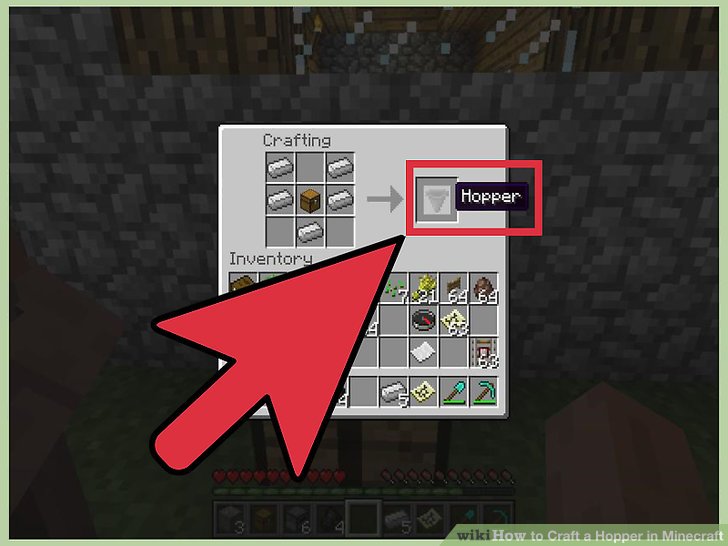

No locality may require its own ATV licenses or registrations, but it may impose additional restrictions or rules on ATV operation. Find out about special ATV rules in your area, and obey them.
The person in charge of an ATV special event or off-road competition must apply to the local jurisdiction for written authorization at least 30 days in advance, unless it is held entirely on private property.
If you are involved in an accident with your ATV, you must give your name and address, the name and address of the ATV owner and the plate number to injured persons, the owners of damaged property, and/or the police. You also must show proof of insurance to persons claiming to have suffered injury or damage. If property is damaged, and you cannot locate the owner, you must give the above information to police as soon as possible.
You must immediately report to the police any accident that involves death, personal injury or damage estimated at $600 or more to the property of any one person.![]()
You must also file a Report of Motor Vehicle Accident (MV-104) with the Department of Motor Vehicles about an accident that results in a fatality, personal injury, or property damage estimated at $1,000 or more. You must file the report within 10 days of the accident and send a copy to the county sheriff or police commissioner.
If you are incapacitated, the written report may be filed by another party familiar with the accident. The investigating police officer must also file a written report, but that does not relieve you of your legal responsibility to file one.
Failure to report an accident is a misdemeanor. A conviction may result in suspension or revocation of your safety training certificate and/or the ATV registration.
The Department of Motor Vehicles may suspend your safety training certificate and/or the ATV registration until you file an acceptable written report.
Additional information can be found at: Register and title a recreational vehicle (snowmobile, boat, moped or ATV)
NEW YORK STATE DEPARTMENT OF MOTOR VEHICLES
Mark J. F. Schroeder, Commissioner
F. Schroeder, Commissioner
C-29 (4/07) Edited for the Internet 10/14
Return to DMV Publications
ATV from the store is a pleasure not available to everyone. Therefore, many craftsmen make quadrics with their own hands. And in this article we will talk about the most interesting of them.
In the manufacture of an ATV, everything that is in the garage and nearby can be useful. Each do-it-yourself vehicle is unique and individual, so it is difficult to talk about drawings and diagrams.
Few people describe in detail the process of building their offspring, which makes it extremely difficult to find specific information. But there are exceptions.
in 2012, the talented designer S. Pletnev shared the drawings and nuances of building his offspring.
What was used in the design of the vehicle:
| Weight | 430kg |
| Length | 2300 mm |
| Width | 1250 mm |
| Handlebar / seat height | 1250 / 900 mm |
| ground clearance, | 300 mm |
| Wheel base | 1430 mm |
| Track | 1045 mm |
| Maximum speed | 65 km/h |
Transmission made from AvtoVAZ units with some modifications.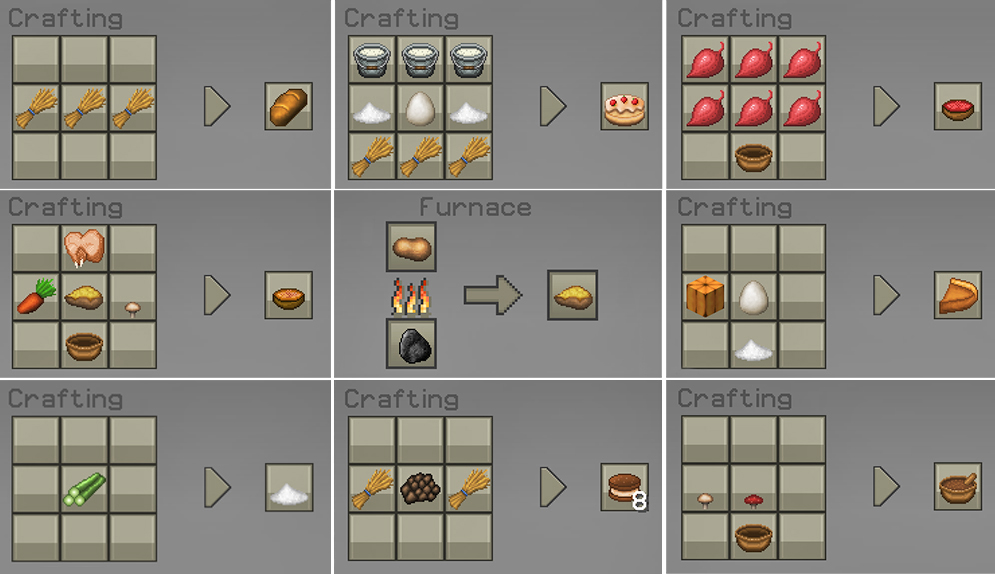 For example, to reduce speed and increase torque, a chain drive was used instead of the main pair.
For example, to reduce speed and increase torque, a chain drive was used instead of the main pair.
Cross-wheel gearboxes are borrowed from the classics, axle shafts are removed and replaced by CV joints from the front-wheel drive vase. Equal velocity joints are also used in other transmission units.
Independent suspension on triangular wishbones. Shock absorbers from Oka.
Homemade muffler of 2 sections, insulated with asbestos.
Body kit made of fiberglass. The creation of such plastic took 10 kg of epoxy resin, 1 kg of plasticizer and the same amount of hardener. 15 meters of fiberglass and 5 meters of glass mat.
ATV body kit - fiberglass. I pasted it for the first time, and therefore first studied the recommendations for the implementation of the relevant work. But as it turned out, this process is painstaking, although the result is worth it.
Bumpers and bullbars are welded from 20mm round tubes.
Photo of the finished ATV:
Material based on the article: http://modelist-konstruktor.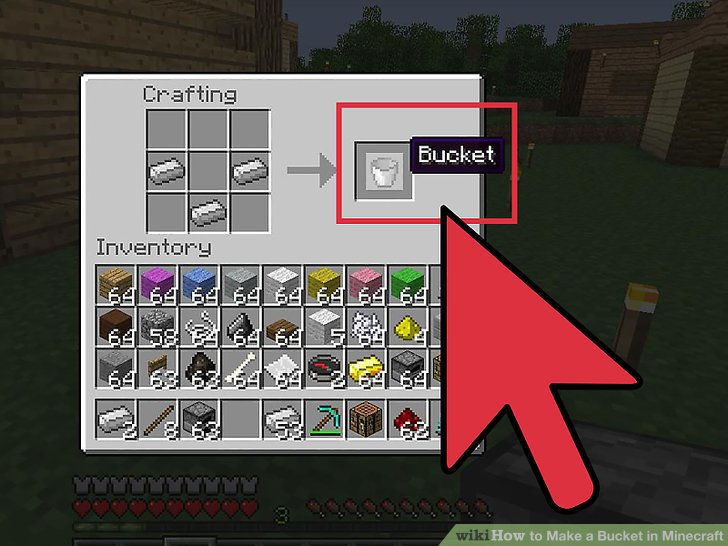 com/razrabotki/853
com/razrabotki/853
This quad is made on the basis of a Ural motorcycle.
All the details in the video.
ATV with motor IZH Jupiter. Razdatka from the motorcycle Ant.
Photo:
Generator, forced cooling, lowering, electric starter from ten, engine from a Ural motorcycle.
Video of the homemade ATV in action:
Articles
20 Feb
At first glance, it may seem that assembling a homemade ATV is not an easy task. In fact, everything is much simpler than it seems, with the necessary parts and tools. An all-terrain vehicle of this type is usually constructed from parts that can be found on any unused motorcycle that is in decent working order.
In fact, everything is much simpler than it seems, with the necessary parts and tools. An all-terrain vehicle of this type is usually constructed from parts that can be found on any unused motorcycle that is in decent working order.
To assemble the machine yourself, you may need the following tools:
• Welding machine.
• Bulgarian.
• Good set of ring and socket wrenches.
• Other small tools such as pliers and screwdrivers.
To assemble the ATV, you will need a small room with good lighting and heating. If you assemble in the summer, you can sit under a canopy.
As a power unit for a homemade all-terrain vehicle, engines from Soviet-made motorcycles such as the Ural or Dnepr are suitable. For lighter and more maneuverable equipment, you can use units from motorcycles such as "Java" or "IZH", which were equipped with single-cylinder two-stroke engines.
To simplify the design of the future ATV, together with the engine it is better to use the same transmission and drive with which they were originally equipped. To design a machine with all-wheel drive, you will need to install an additional gearbox. This is extremely rarely used in home-made devices, since it will be difficult to implement an additional node without a sharp increase in weight at home.
To design a machine with all-wheel drive, you will need to install an additional gearbox. This is extremely rarely used in home-made devices, since it will be difficult to implement an additional node without a sharp increase in weight at home.
The frame for a homemade machine is usually made by yourself from scratch. As a material for the frame, you can use blanks from an old motorcycle. The pipes from which they are made are light in weight and have the necessary strength and flexibility. In extreme cases, you can choose the material yourself. Here the main parameter will be weight. Excessively thick pipes or profiles will make the ATV very heavy and unbearable for fast and maneuverable riding.
Shock absorbers with springs from the same motorcycles can be used as suspension. The suspension itself is made in the form of the letter "A", and is movably fixed on the frame. Shock absorbers and springs should be selected in such a way that they can withstand the weight of the future car, and provide a smooth ride with good handling on bumps and pits.